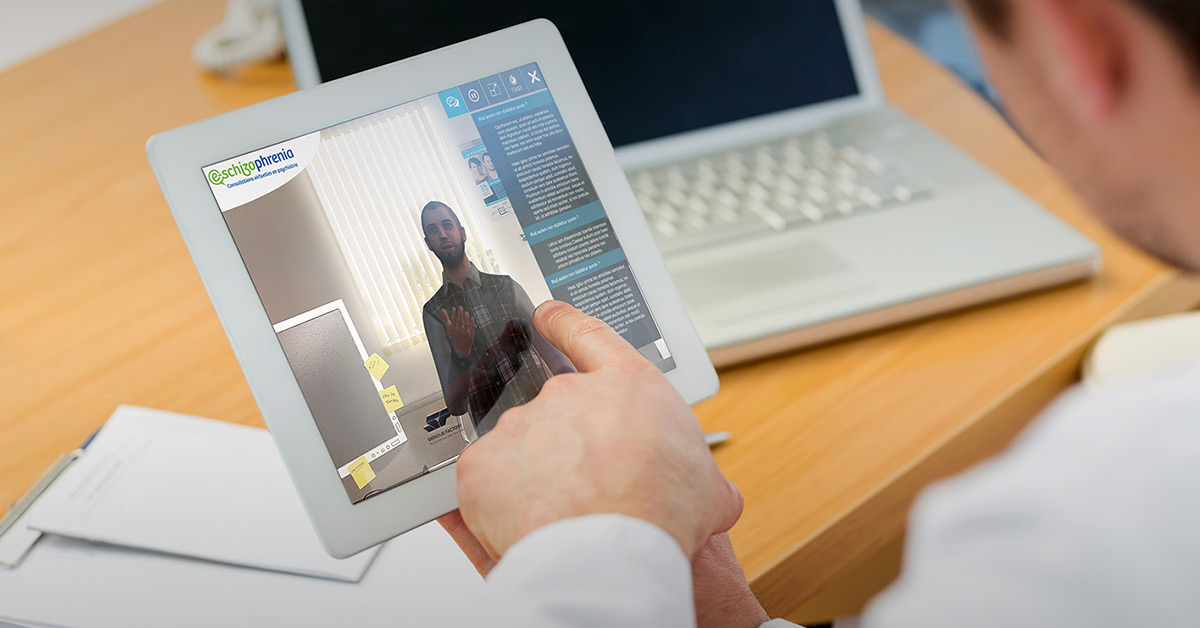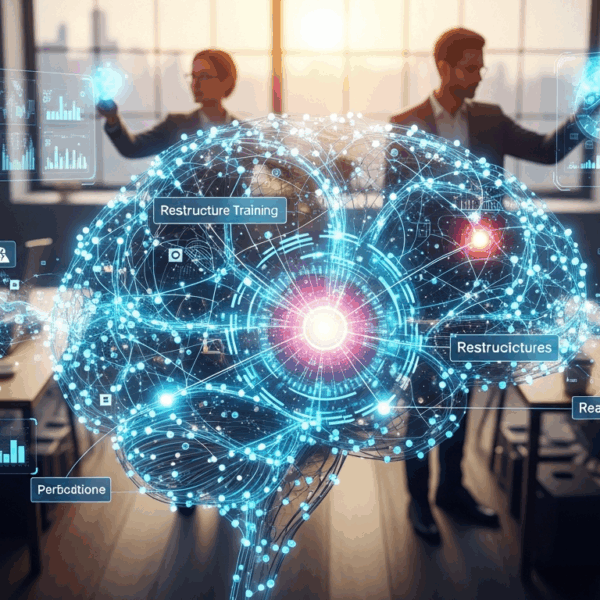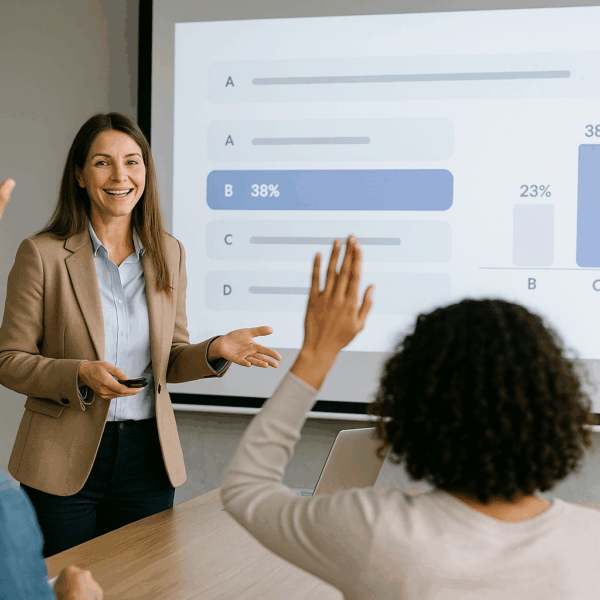The trainer’s basic roles and skills
In any learning process, the person in charge of the training assumes the role of facilitator. For this to be possible, they must have all the knowledge related to the training they are going to provide. On the other hand, their role is to set up effective teaching methods that allow learners to achieve their objectives.
However, the methods to be applied during a face-to-face training are totally different from those to be adopted in Digital Learning.
How can this change in methods be explained?
To understand this evolution of the trainer’s role and the working methodology in Digital Learning, we must first look at the different requirements of traditional training. For this traditional method, training requires the trainer to structure their performance. He is required to be able to direct and control their courses which must have an impact on their class.
However, in the field of Digital Learning, the trainer must necessarily change their methods. For example, they may need to create visuals and scenarios of all kinds to make learning easier and more attractive.
In addition to being a pedagogue capable of designing their program, animating and evaluating it, the trainer must master digital technology, the channel they use to transmit knowledge and most importantly: they must be a true entrepreneur and marketer. This function also implies a great capacity for personal coaching.
The digital world is constantly developing, so it is more than important to follow this evolution and adapt the learning methods and techniques so that the training modules attract more targets and are profitable for the organization.
Digital Learning: which techniques to adopt in 2021 to satisfy users’ needs?
1) Determine the needs to place the user at the heart of the training
Our goal as trainers is to achieve easy adoption by our targets. This is only possible if we offer methodologies and teaching practices that meet their expectations. The best way to do this is to design a personalized program that focuses on the learner and their needs.
Thus, at each step of the program design, trainers must focus on the learner’s objectives. This is a very effective way to build commitment to the program.
In order to do this, an interview or briefing of sorts with the candidate is mandatory in order to define the learning methods that suit them best, the types of activities that motivate them the most when it comes to learning, or the nature of the difficulties that may prevent them from assimilating information.
We invite you to learn more about the techniques you can use to boost learner engagement in our white paper “Juicy Learning: The 9-Step Method”.
2) Adopt the method that fits your learners’ needs and your business
In 2021, you need to broaden the possibilities and use all available communication channels and platforms, especially those that make the target audience feel comfortable.
– Mobile Learning
Mobile Learning or m-learning is a new form of training technique that brings new possibilities for learners. The principle is to allow learners to continue their learning wherever they go and at any time using mobile tools, namely a cell phone, a tablet or a laptop.
This learning tool is to be adopted for its various advantages. Also, it offers the possibility to learn at your own pace. No matter where you are and at any time, you can continue the training even without an internet connection, as is the case in public transport or airplanes, among others.
The advantage of this type of training is also that it allows trainers to vary the content of the modules and make them more attractive.
Gamification and virtual reality are, for example, interactive and effective ways to optimize learning. These are forms of tools that can be exploited with Mobile Learning.
Virtual reality allows for example to immerse the learner in a real situation where there is no need to manipulate a keyboard or a mouse. The virtual reality (VR) headset allows the person to simulate all kinds of situations. The person can make mistakes without them having an impact in real life, an excellent way to learn.
The only rule for the trainer is to set up a training that attracts and arouses interest.

– Blended learning
Blended learning is another form of method for trainers to exploit.
What does it involve?
The principle is to build a program with online sessions and traditional classroom sessions. The real advantages of this method are numerous. Indeed, blended learning allows learners to have all the advantages of digital learning. This is particularly the case for being able to take advantage of attractive programs and tools of all kinds such as serious games, virtual reality, etc.
But in addition, learners benefit from real and direct exchanges and interactions with trainers and other learners.
Please note that the hourly volume of the face-to-face part of the training is less important than that of the online courses. Depending on the module, the trainers decide which parts of the module will be done in the classroom and which parts will be done independently.
– Micro learning or fast learning
As its name suggests, microlearning is a short course. It consists of a set of small modules that the learner can access at any time. The learner then decides the order in which he or she wants to learn. There are no strict rules to follow in fast learning, the learner does not have to consult all the modules. They can do it whenever they want.










